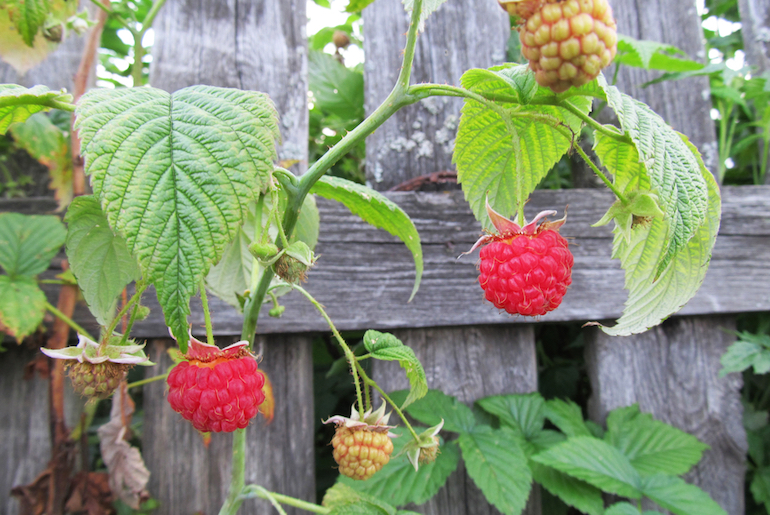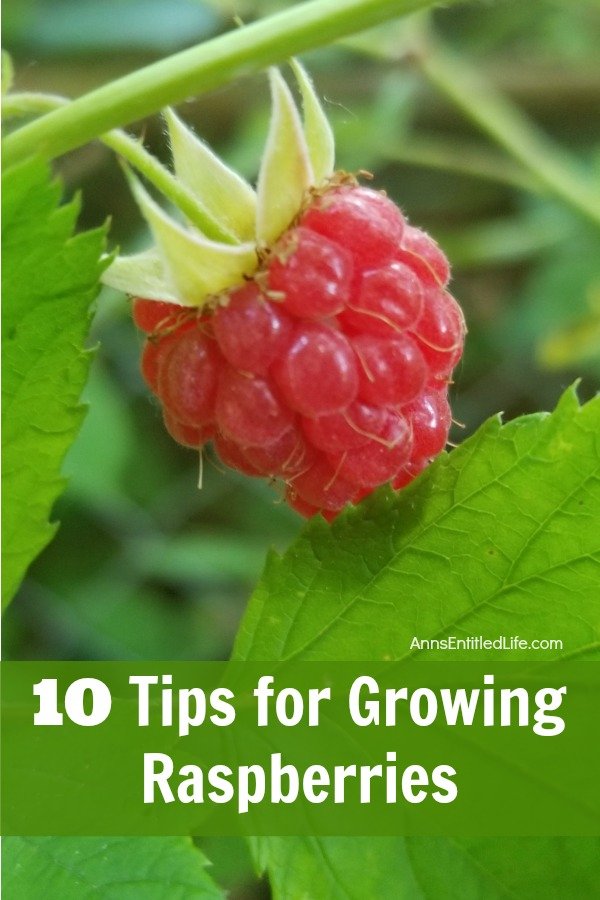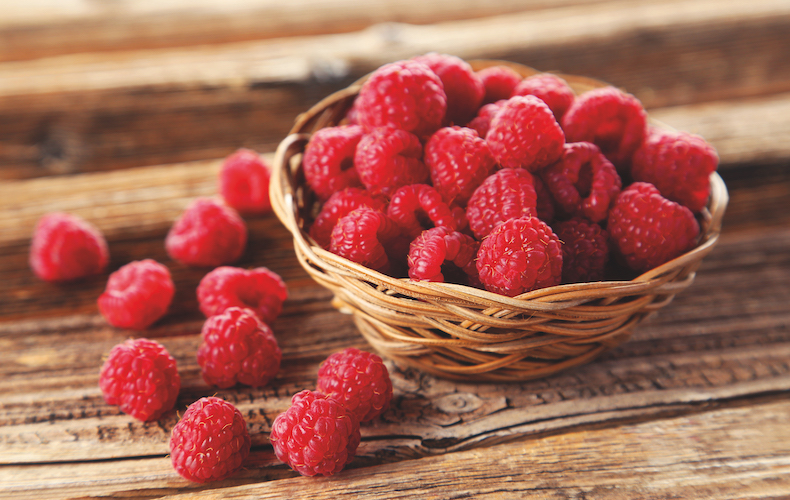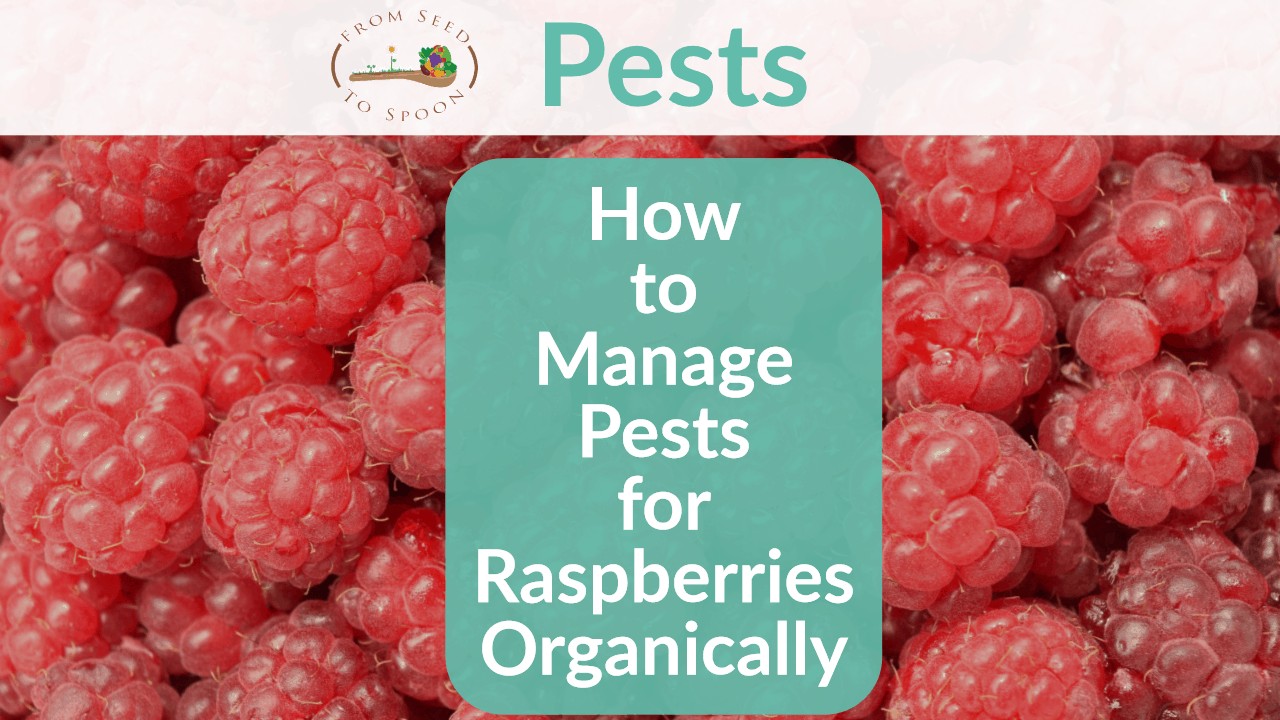What to Look for in a Raspberry
When asking what do raspberries look like, the answer lies in their unique appearance. Raspberries are a type of fruit that belongs to the rose family. They are typically small, delicate, and sweet, with a hollow center and a distinctive shape. Raspberries are usually around 1-2 cm in length and 1-1.5 cm in width, with a conical or heart-shaped form.
The color of raspberries can vary depending on the variety, but they are often a deep red or purple color, sometimes with a yellow or golden tint. Summer-bearing raspberries tend to be more common and are often preferred for their sweeter flavor and larger fruit size. Fall-bearing raspberries, on the other hand, produce fruit in the fall and tend to be smaller and more tart.
Understanding the differences between summer-bearing and fall-bearing raspberries can help you identify what you’re looking for. Summer-bearing raspberries produce fruit on two-year-old canes, while fall-bearing raspberries produce fruit on one-year-old canes. This difference in growth habit can affect the appearance of the fruit and the plant as a whole.
Overall, raspberries are a unique and delicious fruit that can be identified by their distinctive shape, color, and size. Whether you’re looking for summer-bearing or fall-bearing raspberries, knowing what to look for can help you find the best fruit for your needs.
Understanding Raspberry Varieties: How to Tell Them Apart
Raspberries come in a variety of shapes, sizes, and colors, each with its unique characteristics. When trying to determine what do raspberries look like, it’s essential to consider the different types of raspberries. There are over 200 known varieties of raspberries, ranging from the popular ‘Summit‘ and ‘Autumn Bliss’ to lesser-known varieties like ‘Heritage’ and ‘Polana’.
One of the main differences between raspberry varieties is their flavor profile. Some raspberries, like ‘Summit’, are known for their sweet-tart flavor, while others, like ‘Autumn Bliss’, have a more intense, sweet flavor. The texture of raspberries can also vary, with some varieties having a softer, more fragile texture and others being firmer and more crunchy.
The color of raspberries is another distinguishing feature. While most raspberries are a deep red or purple color, some varieties, like ‘Fall Gold’, have a yellow or golden color. The ‘Fall Gold’ variety is also known for its unique shape, with a more elongated and pointed tip.
Other popular raspberry varieties include ‘Polana’, which is known for its high yield and disease resistance, and ‘Heritage’, which is prized for its sweet flavor and firm texture. ‘Autumn Bliss’ is another popular variety, known for its high yield and long harvest season.
Understanding the different types of raspberries can help you determine what to look for when trying to identify them. Whether you’re looking for a specific variety or just want to know more about the different types of raspberries, knowing the unique characteristics of each variety can be helpful.
How to Inspect Raspberries for Quality and Freshness
When trying to determine what do raspberries look like, it’s essential to inspect them for quality and freshness. Fresh raspberries are a crucial ingredient in many recipes, and selecting the right ones can make all the difference in terms of flavor and nutrition.
To inspect raspberries for quality and freshness, start by checking for mold. Fresh raspberries should have a clean, dry appearance, with no visible signs of mold or mildew. Next, check for soft spots or bruising. Raspberries that are past their prime may be soft or mushy to the touch, while fresh ones should be firm and slightly springy.
Color is also an important factor to consider when inspecting raspberries. Fresh raspberries should have a deep red or purple color, depending on the variety. Avoid raspberries that are pale or washed out, as they may be past their prime. Finally, check the stems and leaves for signs of freshness. Fresh raspberries should have bright green leaves and sturdy stems, while older raspberries may have wilted or yellowing leaves.
Inspecting raspberries for quality and freshness is crucial for optimal flavor and nutrition. Fresh raspberries are rich in antioxidants, fiber, and vitamins, making them a nutritious and delicious addition to many recipes. By selecting the right raspberries, you can ensure that your recipes turn out flavorful and nutritious.
In addition to inspecting raspberries for quality and freshness, it’s also essential to store them properly. Raspberries are highly perishable and should be stored in a cool, dry place to maintain their freshness. Avoid washing raspberries before storing them, as excess moisture can cause them to spoil quickly.
Raspberry Leaves and Stems: What to Expect
Raspberry leaves and stems are an essential part of the plant’s overall appearance. When trying to determine what do raspberries look like, it’s crucial to examine the leaves and stems as well. Raspberry leaves are typically a bright green color, with a shape that is similar to a maple leaf. They are usually around 3-5 inches long and have a serrated edge.
Raspberry stems, on the other hand, are typically a brown or woody color, with a texture that is slightly rough to the touch. There are two types of raspberry stems: primocane and floricane. Primocane stems are the new growth that emerges in the spring, and are typically a bright green color. Floricane stems, on the other hand, are the older stems that produce fruit, and are typically a brown or woody color.
It’s essential to note that raspberry leaves and stems can vary in appearance depending on the variety of raspberry. Some varieties, such as ‘Summit’ and ‘Autumn Bliss’, have leaves that are more rounded in shape, while others, such as ‘Heritage’ and ‘Polana’, have leaves that are more pointed.
When examining raspberry leaves and stems, look for signs of health and vigor. Healthy raspberry leaves should be a bright green color, with no signs of yellowing or browning. Healthy raspberry stems should be sturdy and upright, with no signs of weakness or disease.
By examining the leaves and stems of a raspberry plant, you can gain a better understanding of what do raspberries look like and how to identify them. Whether you’re a seasoned gardener or just starting out, knowing what to look for in a raspberry plant can help you grow and enjoy these delicious fruits.
Common Raspberry Lookalikes: How to Avoid Mistakes
When trying to determine what do raspberries look like, it’s essential to be aware of common lookalikes that can be mistaken for true raspberries. Blackberries, thimbleberries, and salmonberries are just a few examples of plants that can be easily confused with raspberries.
Blackberries, for example, are a common lookalike that can be mistaken for raspberries. However, blackberries have a few distinct differences that set them apart. Blackberries are typically larger and more elongated than raspberries, with a darker, more purple color. They also have a more robust flavor and a slightly sweeter taste.
Thimbleberries, on the other hand, are a type of fruit that is often mistaken for raspberries due to their similar appearance. However, thimbleberries are typically smaller and more fragile than raspberries, with a more delicate flavor and a softer texture.
Salmonberries are another common lookalike that can be mistaken for raspberries. However, salmonberries have a few distinct differences that set them apart. Salmonberries are typically larger and more orange-colored than raspberries, with a more robust flavor and a slightly sweeter taste.
To avoid mistakes when trying to identify raspberries, it’s essential to examine the fruit carefully and look for the distinct characteristics that set them apart from common lookalikes. By being aware of these differences, you can ensure that you are getting the real deal and enjoying the delicious taste and nutritional benefits of true raspberries.
How to Grow Your Own Raspberries: A Brief Guide
Growing your own raspberries can be a rewarding and delicious experience. Not only will you have access to fresh, nutritious raspberries right in your own backyard, but you’ll also save money on grocery bills and enjoy the satisfaction of watching your plants thrive.
To get started, choose a variety of raspberry that is well-suited to your climate and growing conditions. Summer-bearing raspberries are a popular choice for many gardeners, as they produce one large crop in the summer months. Fall-bearing raspberries, on the other hand, produce two smaller crops, one in the summer and one in the fall.
Once you’ve selected your variety, prepare the soil by adding compost or well-rotted manure. Raspberries prefer well-draining, fertile soil that is rich in organic matter. Plant your raspberry canes in the early spring or fall, spacing them about 2-3 feet apart.
Provide your raspberry plants with full sun and regular watering. Raspberries need about 1-2 inches of water per week, either from rainfall or irrigation. Mulch around the plants to retain moisture and suppress weeds.
As your raspberry plants grow, provide support with a trellis or stake. This will help keep the canes upright and promote better fruiting. Prune your raspberry plants regularly to encourage new growth and promote fruiting.
By following these simple steps, you can enjoy a bountiful harvest of delicious, fresh raspberries right in your own backyard. Whether you’re a seasoned gardener or just starting out, growing your own raspberries is a fun and rewarding experience that’s sure to bring you joy and satisfaction.
Raspberry Pests and Diseases: What to Watch Out For
Raspberries are susceptible to a variety of pests and diseases that can affect their growth, yield, and quality. Some common pests that can affect raspberries include spider mites, aphids, and Japanese beetles. These pests can cause damage to the leaves, stems, and fruit of the plant, and can also spread disease.
Spider mites are tiny, spider-like insects that feed on the sap of raspberry plants. They can cause yellowing or bronzing of the leaves, and can also spin webs on the stems and leaves of the plant. Aphids are small, soft-bodied insects that feed on the sap of raspberry plants. They can cause curled or distorted leaves, and can also spread disease.
Japanese beetles are small, metallic-colored insects that feed on the leaves and fruit of raspberry plants. They can cause significant damage to the plant, and can also spread disease. Other pests that can affect raspberries include raspberry cane borers, raspberry crown borers, and raspberry sawflies.
In addition to pests, raspberries are also susceptible to a variety of diseases, including crown gall, root rot, and leaf spot. Crown gall is a bacterial disease that causes galls or tumors to form on the stems and roots of the plant. Root rot is a fungal disease that causes the roots of the plant to rot, leading to yellowing or wilting of the leaves. Leaf spot is a fungal disease that causes small, circular spots to form on the leaves of the plant.
To prevent and manage pests and diseases, it’s essential to maintain good garden hygiene, including removing weeds and debris, and disposing of infested or diseased plants. Regularly inspecting your raspberry plants for signs of pests and diseases can also help to prevent and manage these issues.
Enjoying Raspberries: Tips for Using Them in Recipes
Raspberries are a versatile fruit that can be used in a variety of recipes, from sweet treats to savory dishes. When trying to determine what do raspberries look like, it’s also important to consider how they can be used in different recipes.
One of the most popular ways to enjoy raspberries is in desserts. Raspberries are a key ingredient in many classic desserts, such as raspberry sorbet, raspberry tart, and raspberry shortcake. They can also be used to make delicious sauces and syrups, perfect for topping ice cream or yogurt.
Raspberries can also be used in savory dishes, such as salads and sauces. They pair well with ingredients like balsamic vinegar, goat cheese, and fresh mint, making them a great addition to summer salads. Raspberries can also be used to make a sweet and tangy BBQ sauce, perfect for slathering on grilled meats.
In addition to their culinary uses, raspberries are also a nutritious and healthy snack. They are high in fiber, vitamins, and antioxidants, making them a great choice for those looking to incorporate more healthy foods into their diet.
When using raspberries in recipes, it’s essential to choose fresh, high-quality berries. Fresh raspberries are essential for optimal flavor and nutrition, so be sure to select berries that are firm, plump, and free of mold or soft spots.
By incorporating raspberries into your recipes, you can add a burst of flavor and nutrition to your meals. Whether you’re making a sweet dessert or a savory sauce, raspberries are a versatile and delicious ingredient that can add a touch of sweetness and freshness to any dish.







